A full body workout can be one of the most effective and time-efficient ways to build strength, improve endurance, and stay lean—if done right. One of the most overlooked components of a great workout isn’t just the exercises themselves, but the order in which you perform them. Whether you're tackling 30-minute sessions or pushing through a 49-minute grinder, how you structure your workout matters.
Let’s break down the ideal full body workout order to get the most out of every rep.
Why Exercise Order Matters
Your body runs on energy systems that fatigue over time. Starting with the most demanding movements ensures you’re fresh when it counts. This helps prevent injury, supports proper form, and makes sure you’re targeting the muscles that need the most attention.
The Best Full Body Workout Exercise Order
Here’s a proven, straightforward format that works for beginners and experienced lifters alike:
1. Main Compound Movements
Start with the big lifts—these are multi-joint exercises that recruit the most muscle groups at once. Think squats, deadlifts, bench press, and overhead press. These moves are often your heaviest lifts and should be performed when your energy is highest.
Examples:
-
Barbell Squat
-
Romanian Deadlift
-
Incline Bench Press
-
Pull-Ups or Lat Pulldown
2. Secondary Compound Exercises
Once the heavy hitters are done, move on to compound lifts with a slightly narrower focus. These still work multiple muscles but don’t tax your central nervous system quite as much.
Examples:
-
Dumbbell Lunges
-
Seated Row
-
Chest Dips
-
Step-Ups
3. Isolation Movements
Now that the big muscles are tired, it's time to zero in on smaller, more specific areas. Isolation exercises are ideal here because they’re less fatiguing but still valuable for balance and growth.
Examples:
-
Bicep Curls
-
Triceps Extensions
-
Lateral Raises
-
Leg Curls
4. Core Training
At this point, your body has done the heavy lifting—literally. Finish with dedicated core work to reinforce stability and posture. This is also a great moment to wind down mentally while still working purposefully.
Examples:
-
Planks
-
Russian Twists
-
Hanging Leg Raises
-
Ab Rollouts
5. Cooldown & Mobility Work
A smart finisher. Use the last 5–10 minutes to bring your heart rate down and improve recovery. Static stretching, deep breathing, or foam rolling can reduce soreness and help your body bounce back stronger.
Sample 30-Minute Full Body Workout Order
If you're tight on time, here’s a compact 30-minute routine that still follows the optimal structure:
-
Goblet Squats – 3 sets of 10
-
Push-Ups – 3 sets to failure
-
Dumbbell Rows – 3 sets of 12
-
Lateral Raises – 2 sets of 15
-
Plank – 2 sets of 30 seconds
-
Hip Flexor Stretch – 1 minute each side
Tips to Customize Your Workout Order
-
Goal First: Prioritize what you want to improve. Want to grow your legs? Do squats first. Need stronger arms? Front-load your arm work.
-
Energy Management: Avoid placing two high-effort moves back to back (e.g., deadlifts + squats).
-
Balance Push and Pull: Alternate between pushing (presses) and pulling (rows) to keep muscle groups balanced and prevent overuse.
-
Listen to Your Body: The ideal plan is only ideal if it works for you. Adapt it based on fatigue, soreness, and progress.
Final Thoughts
The full body workout order you choose sets the tone for your session. Start strong, finish smart, and make sure each movement builds on the one before it. Whether your workout is 30 minutes or 49, structure and intention are what turn effort into results.
Train smart. Stay consistent. Your body will thank you.


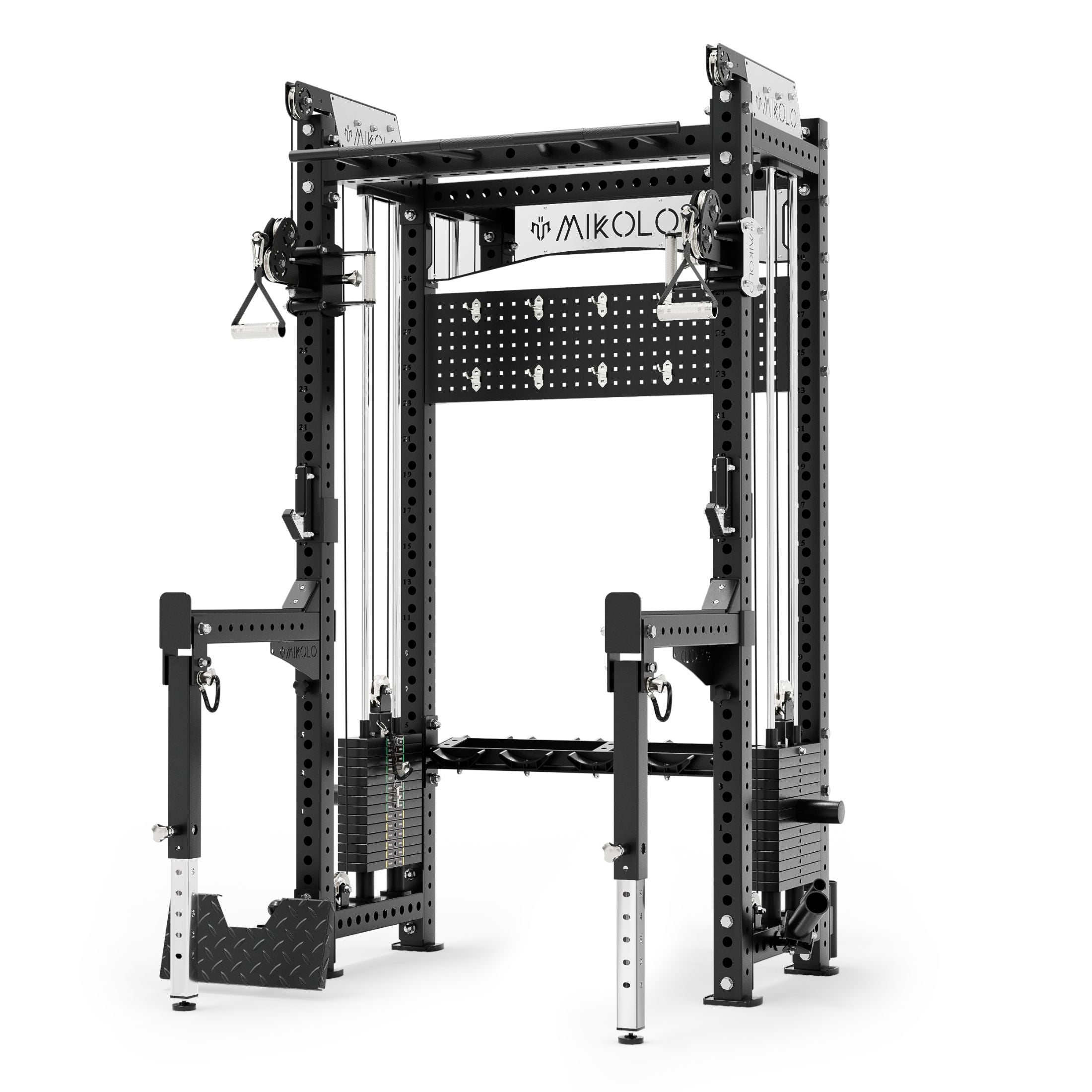
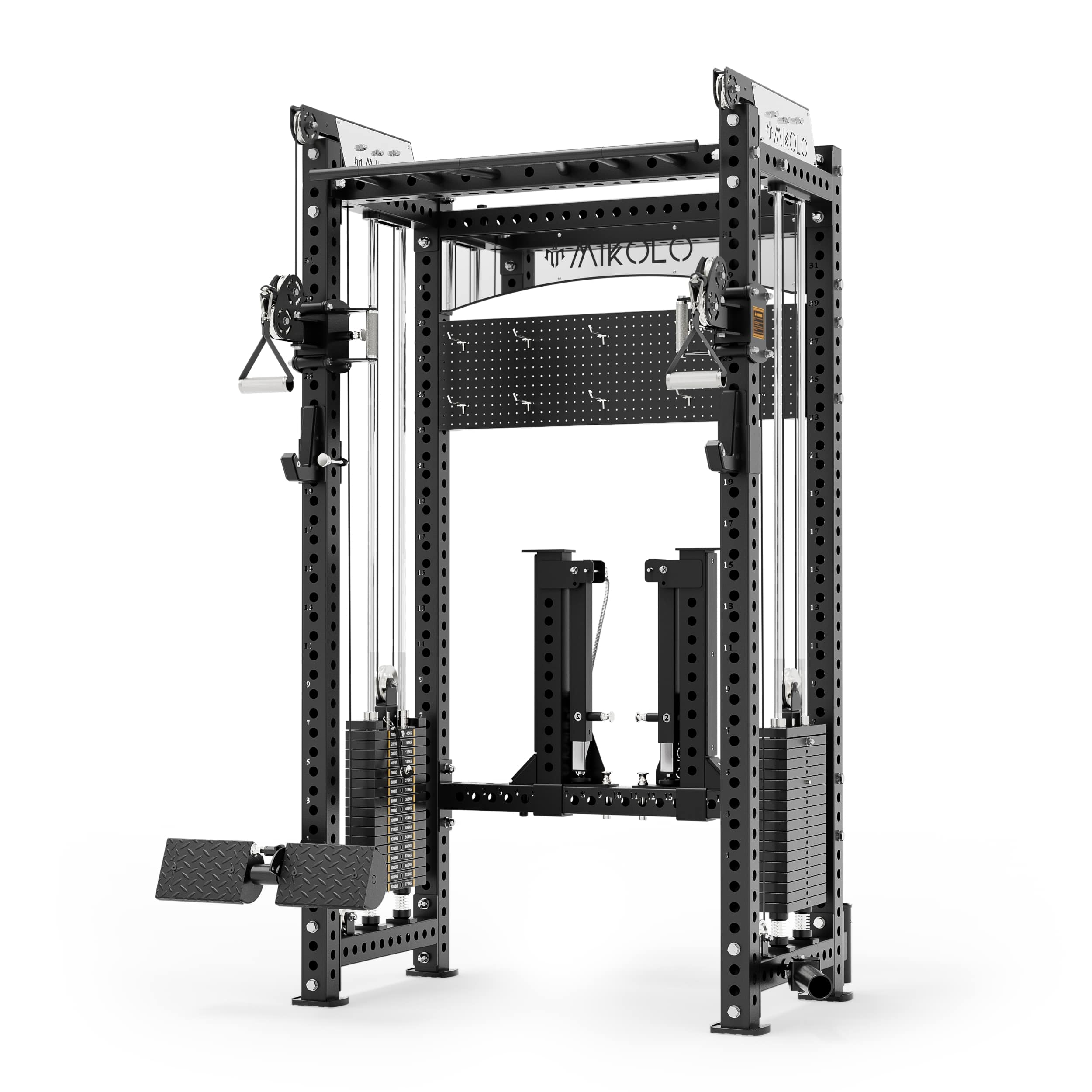
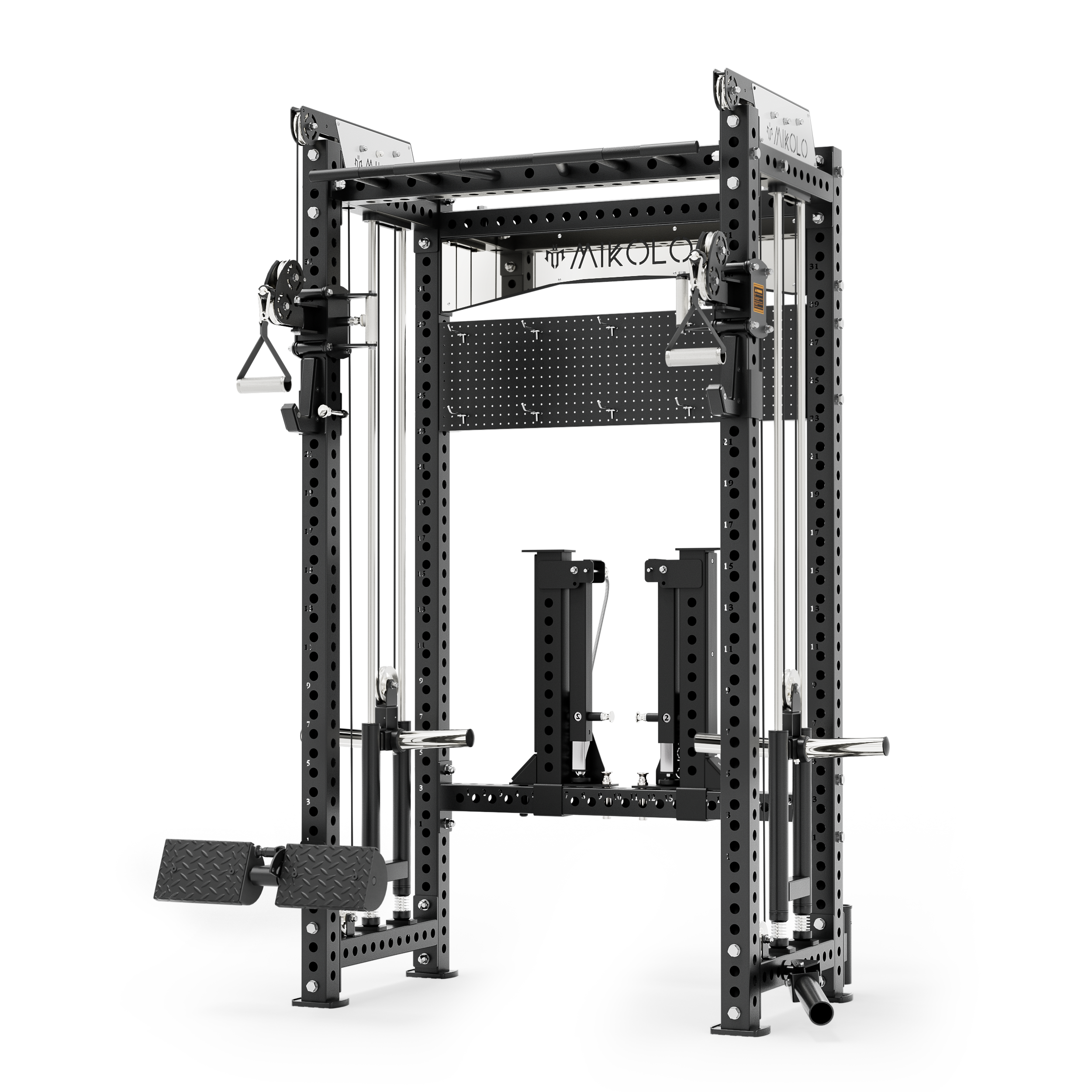


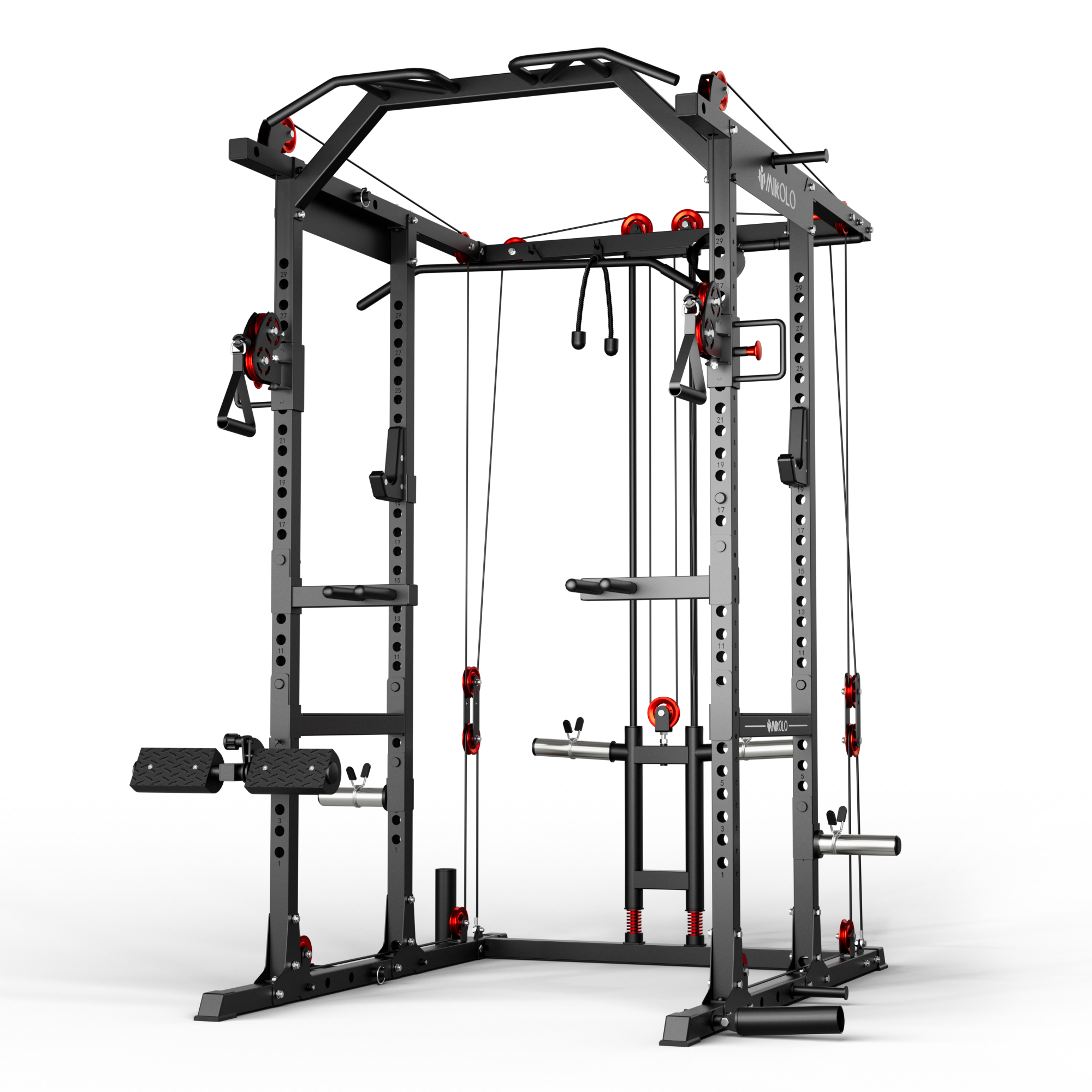


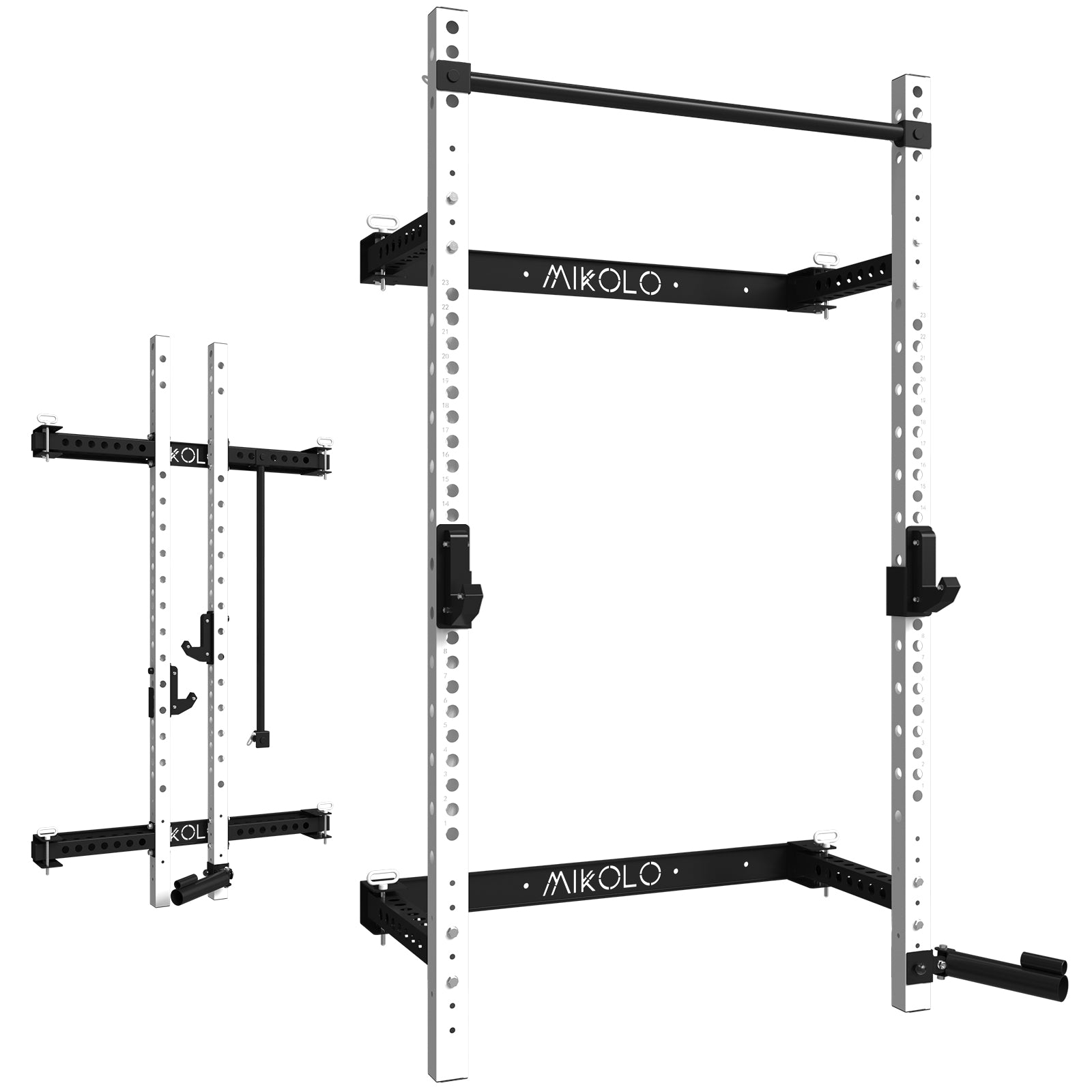


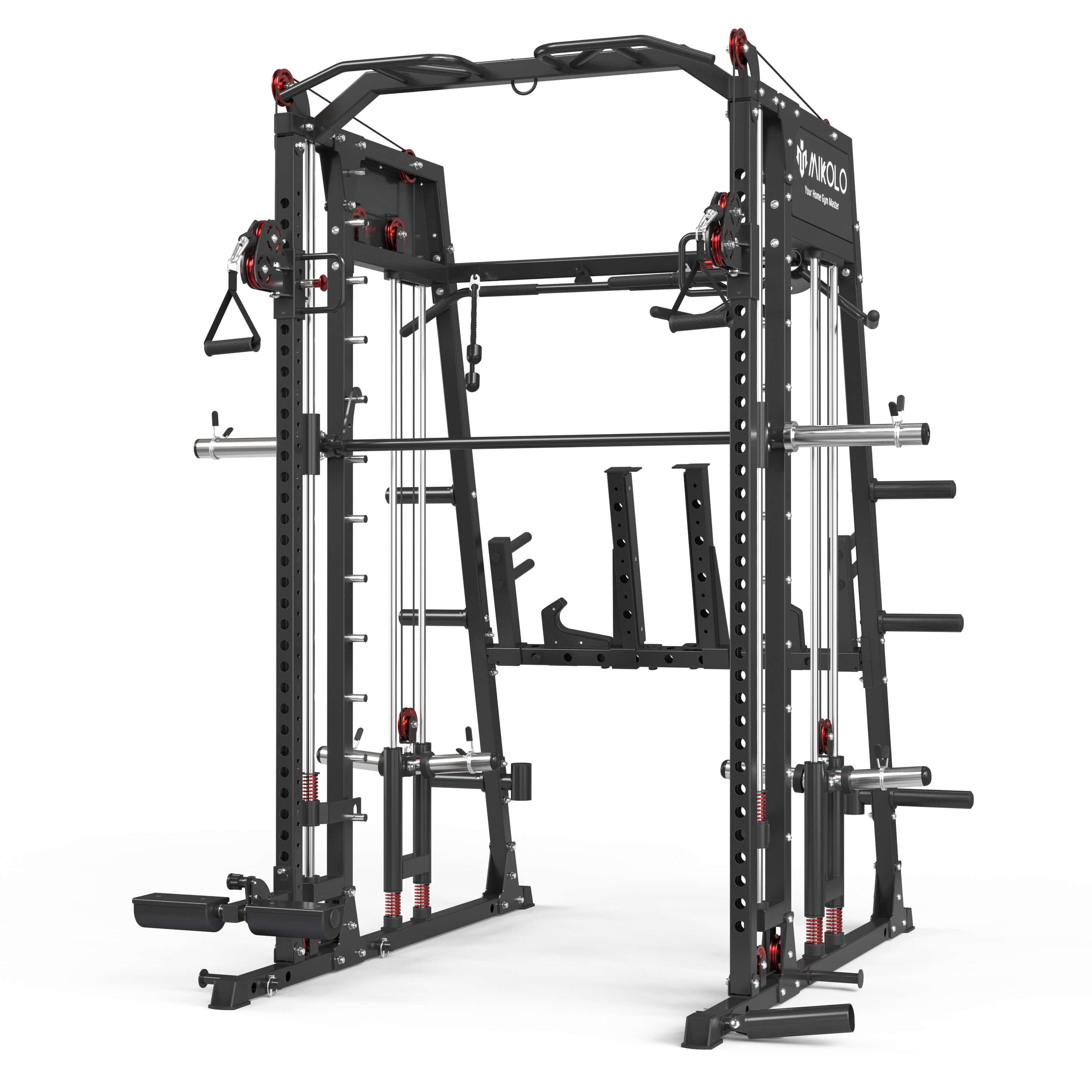
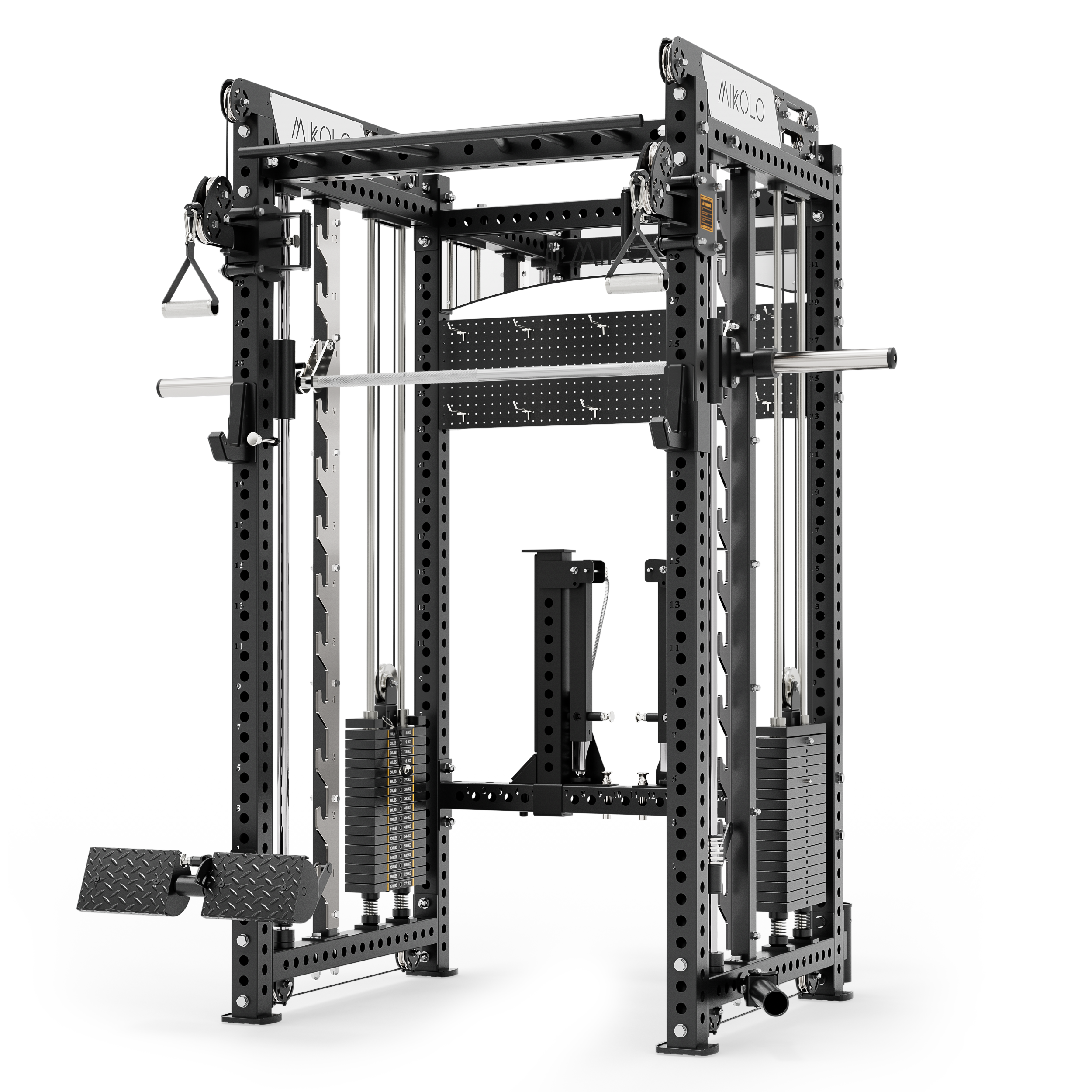
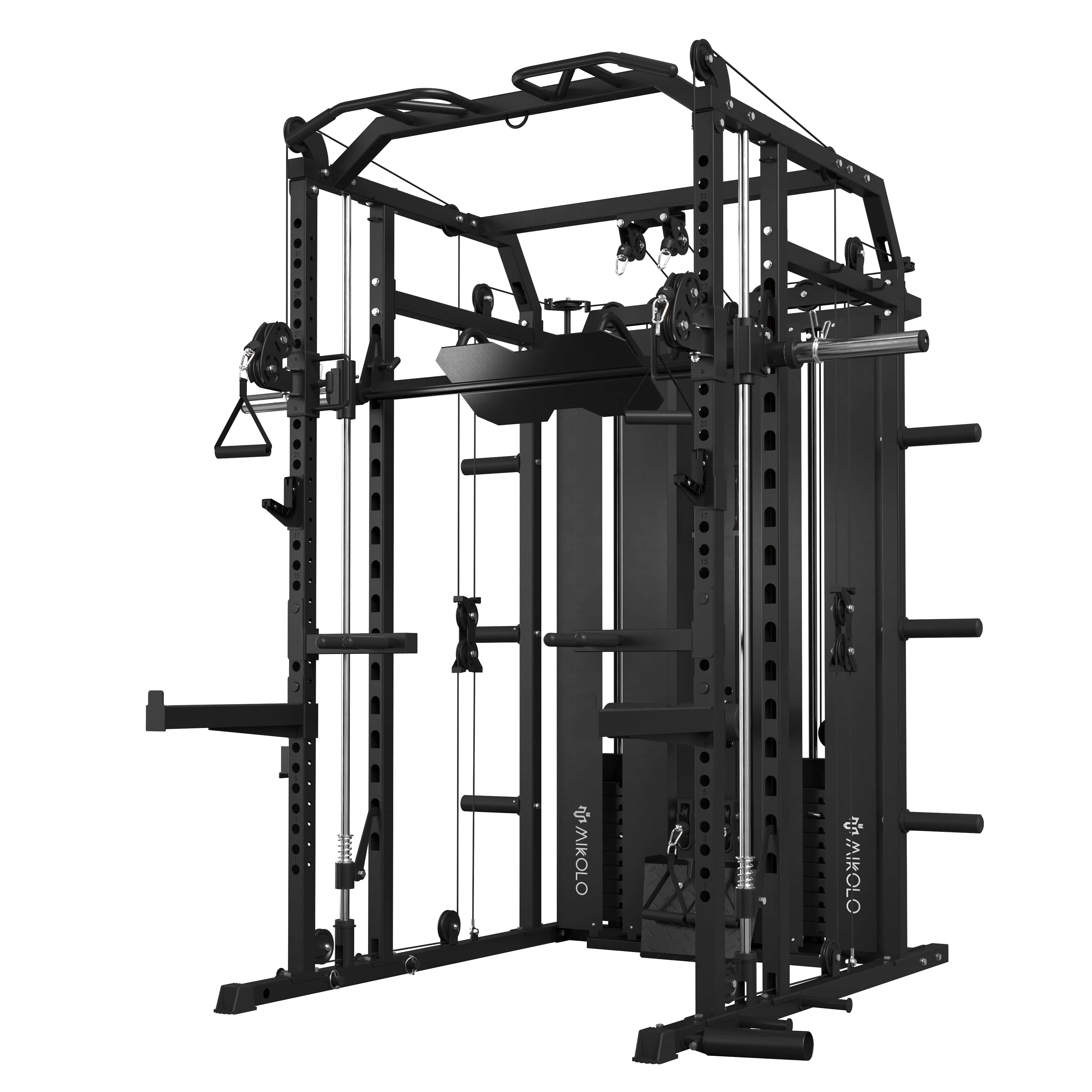
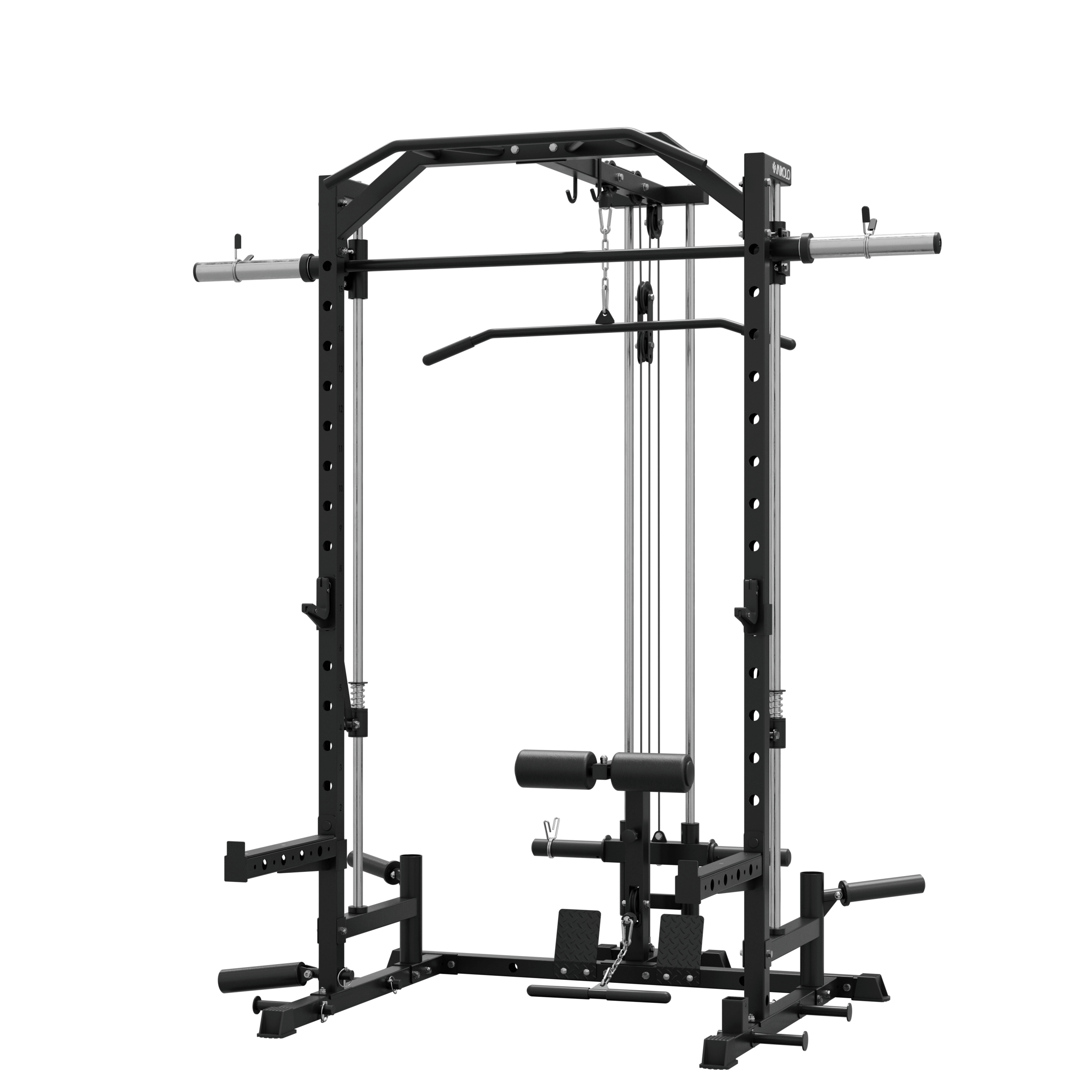
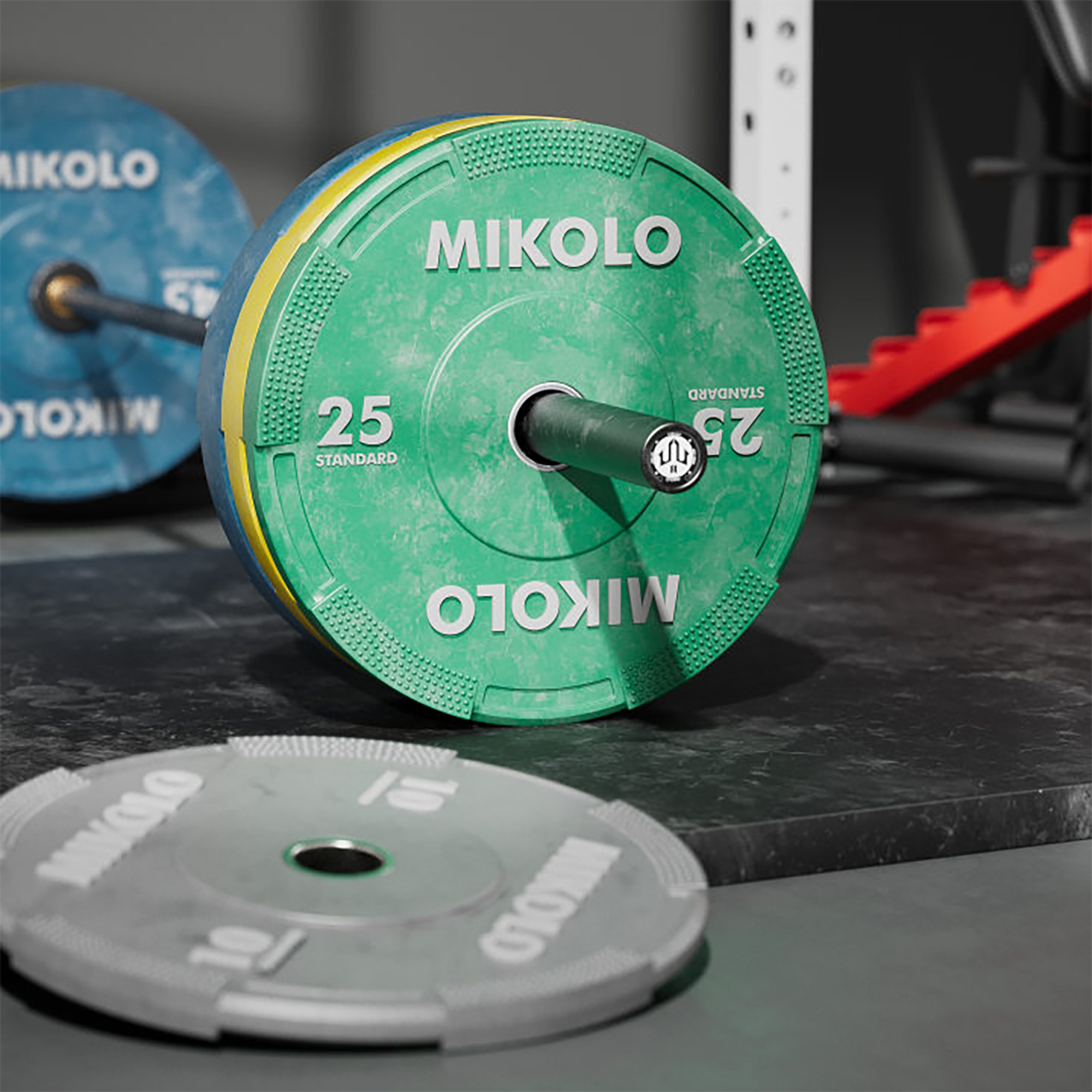






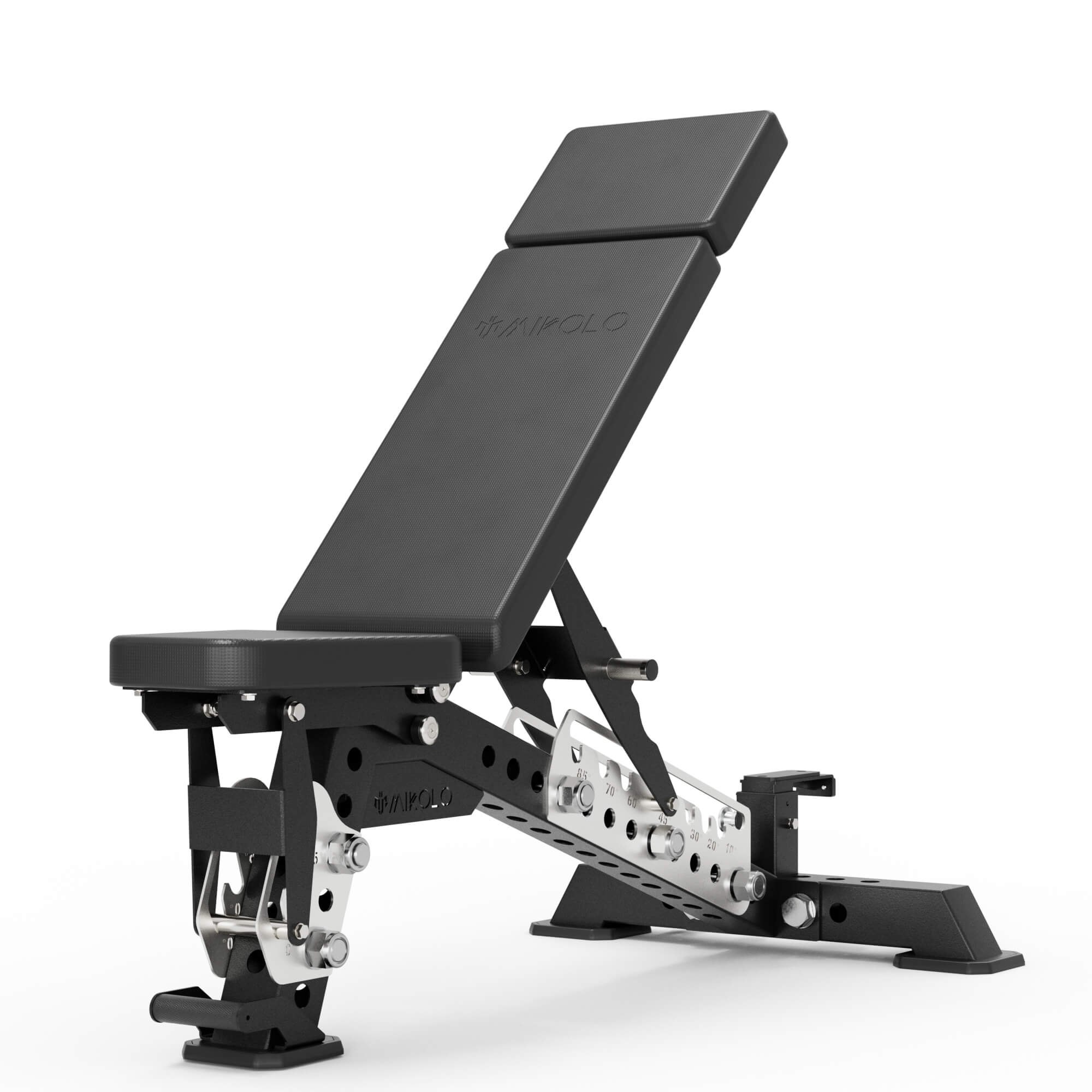
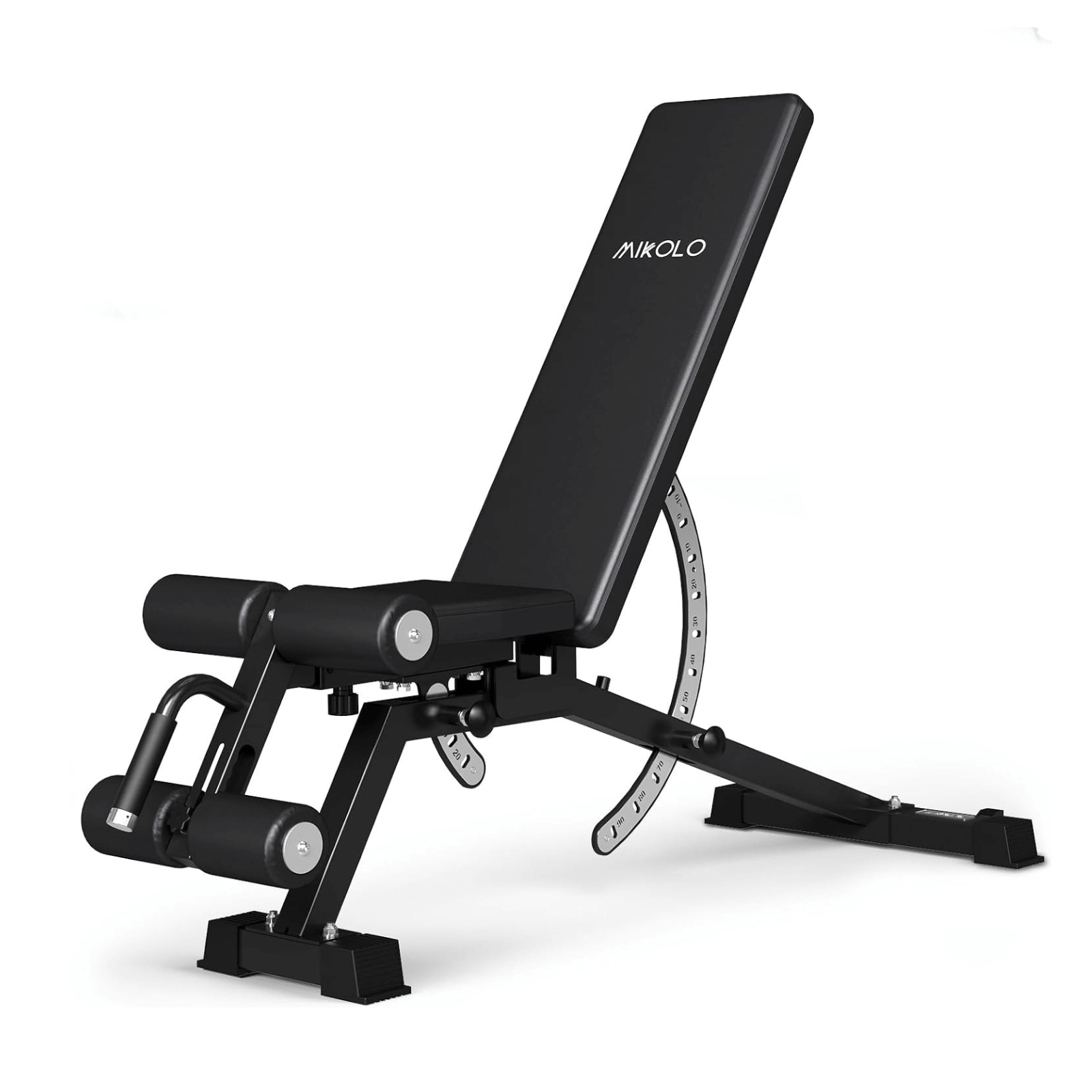




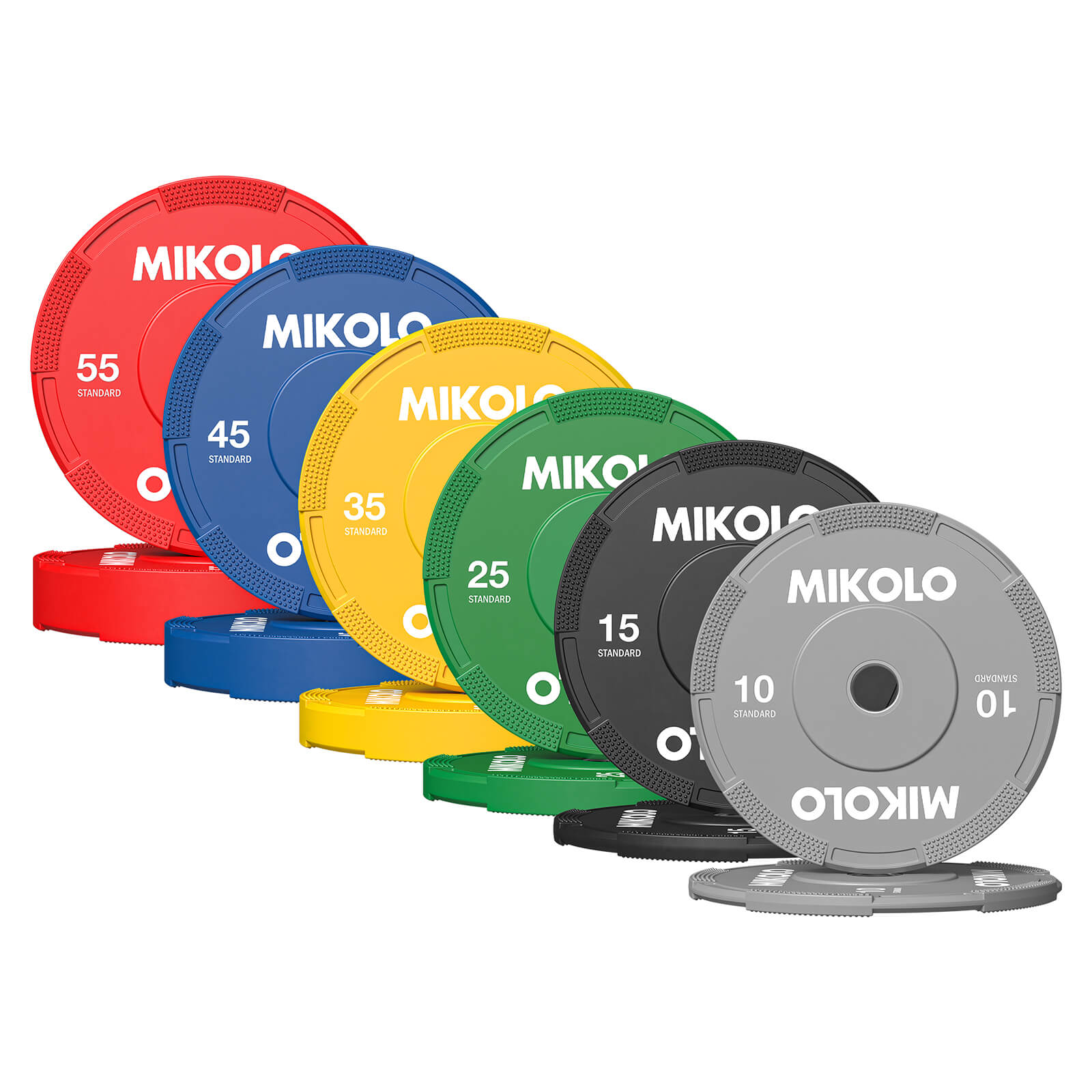
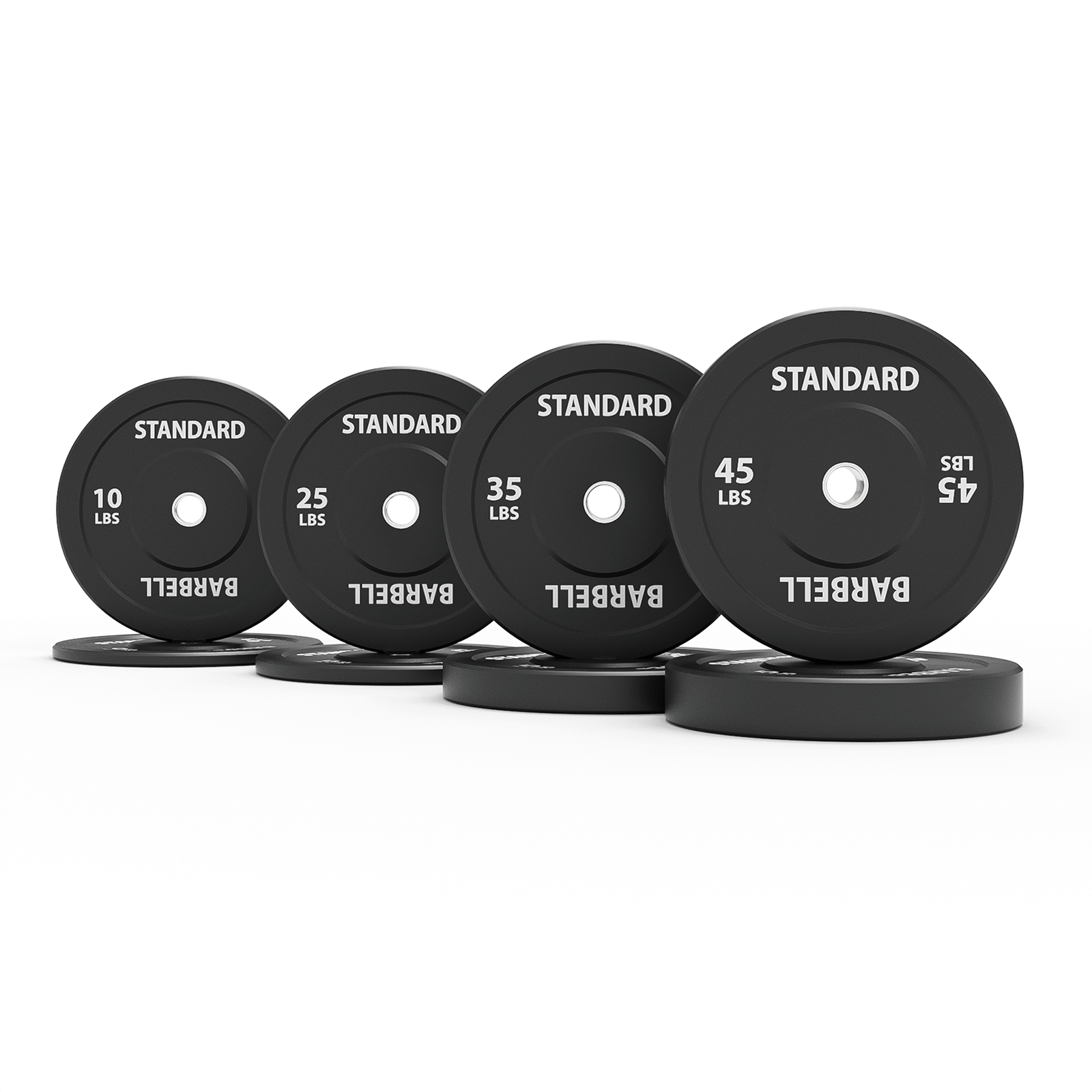

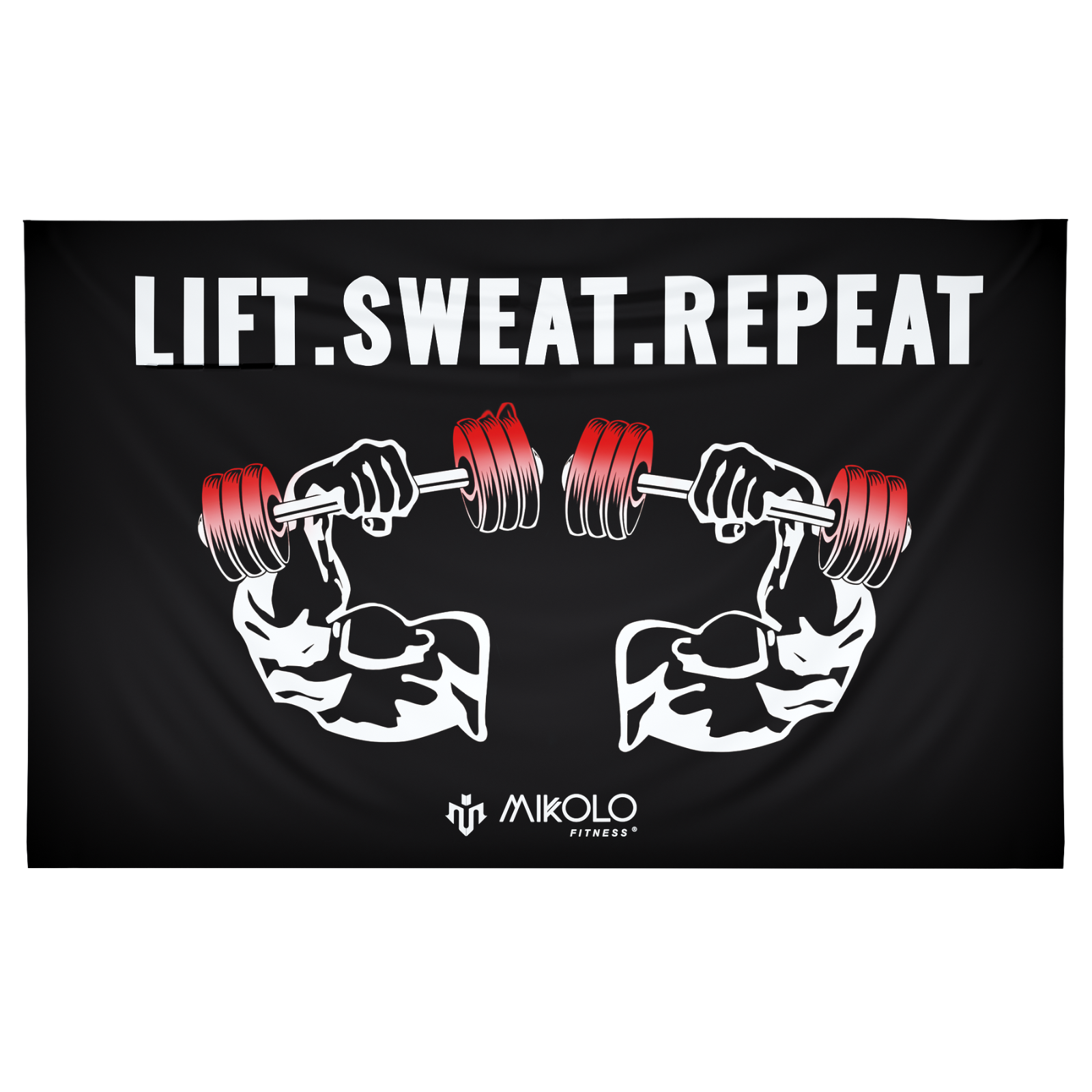
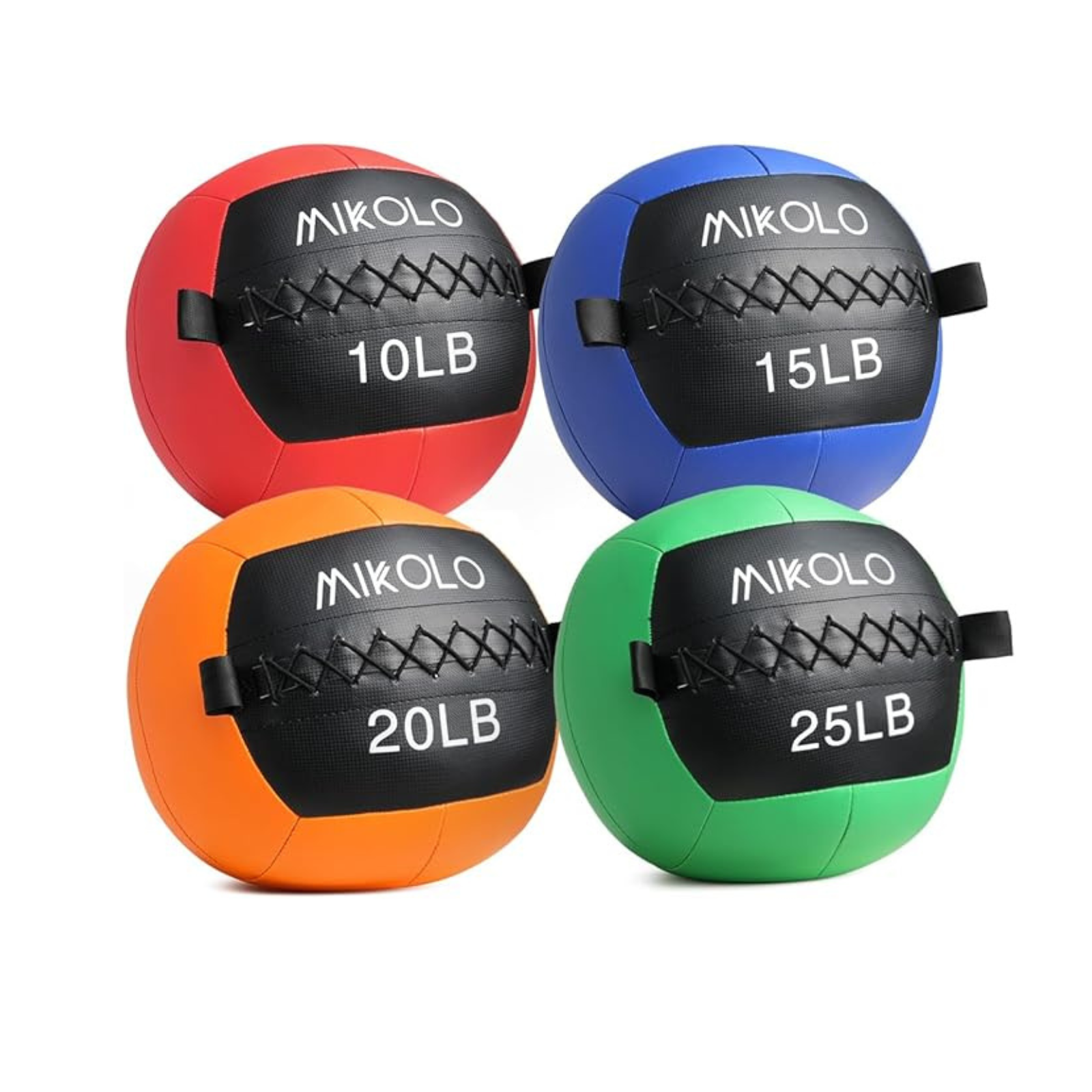
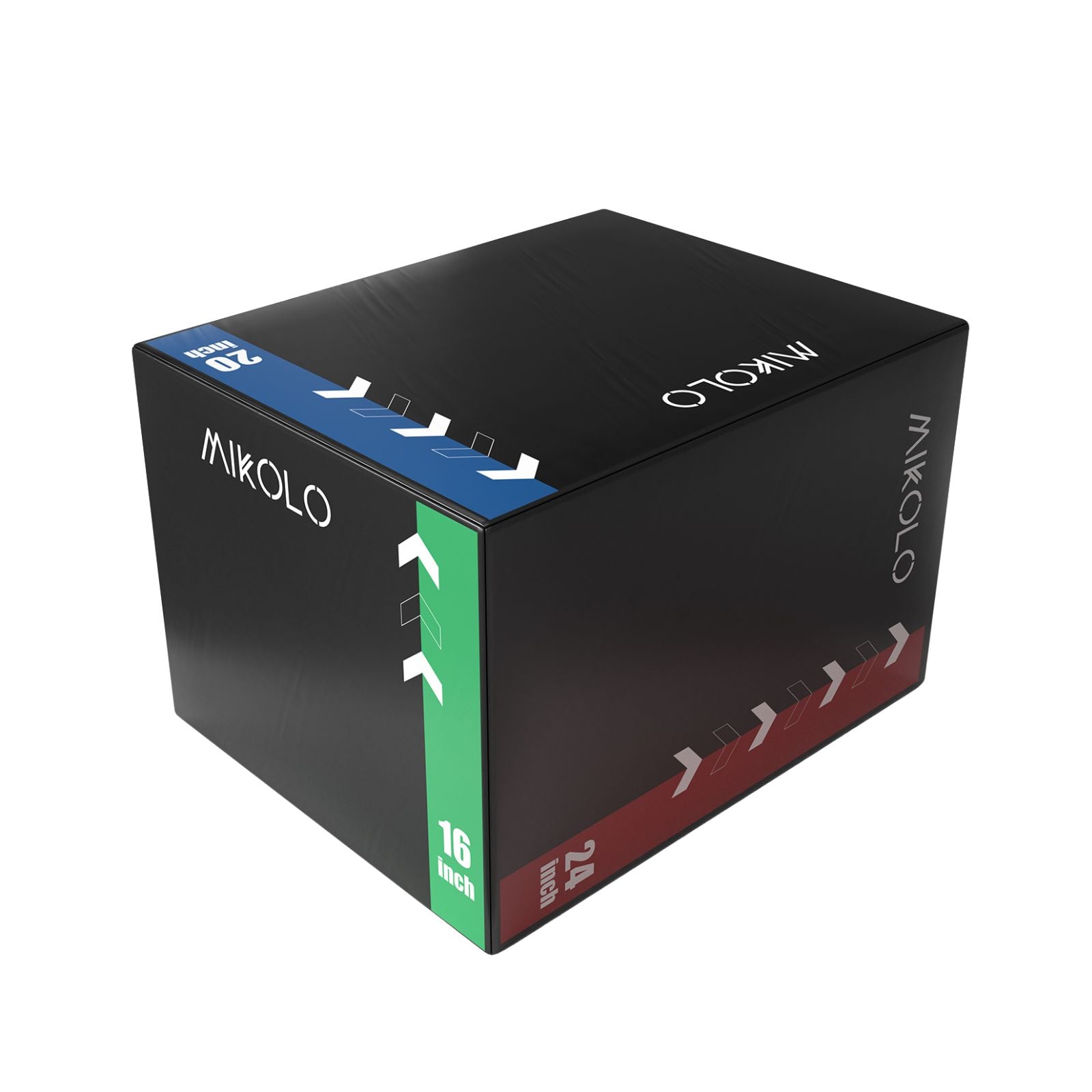

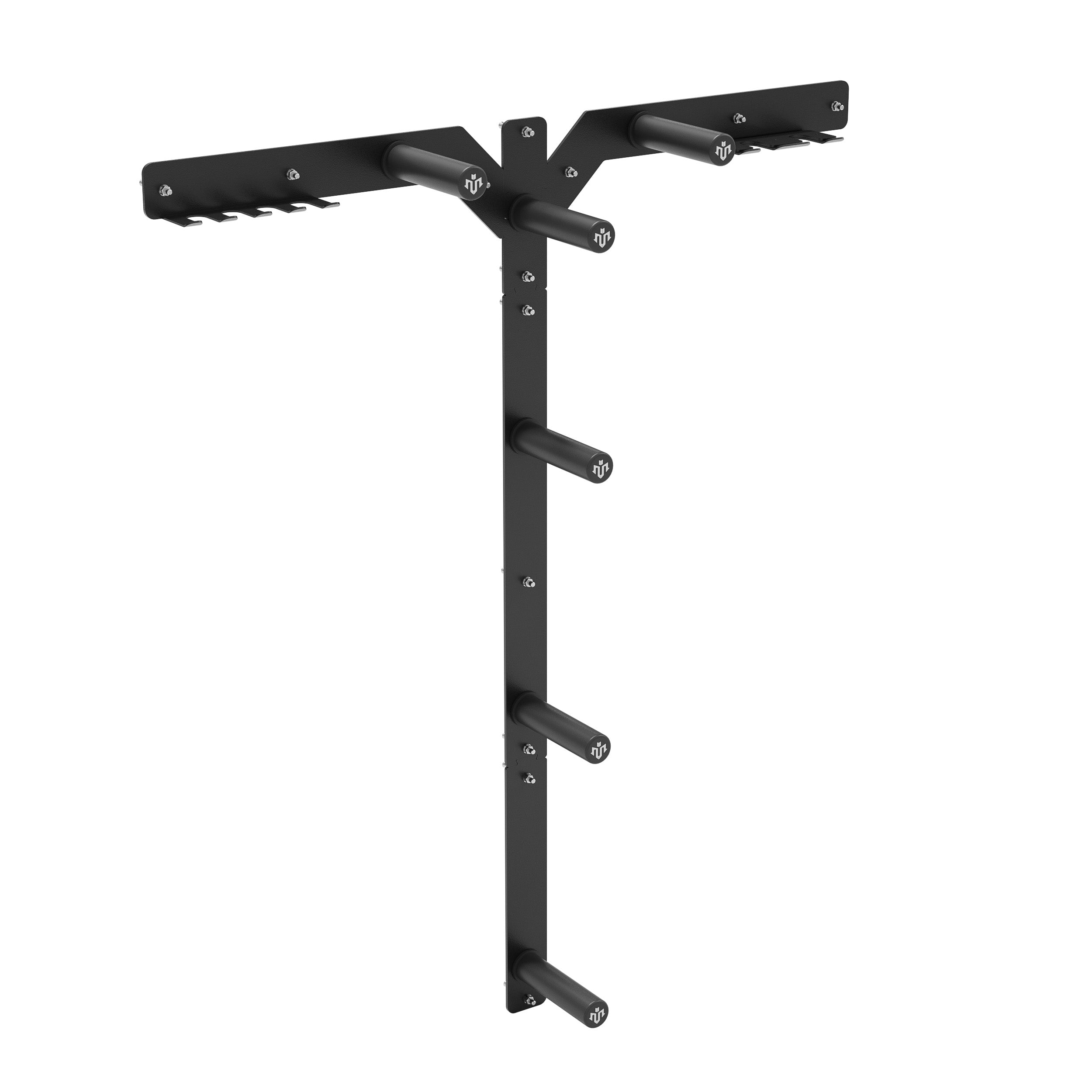




Leave a comment
This site is protected by hCaptcha and the hCaptcha Privacy Policy and Terms of Service apply.